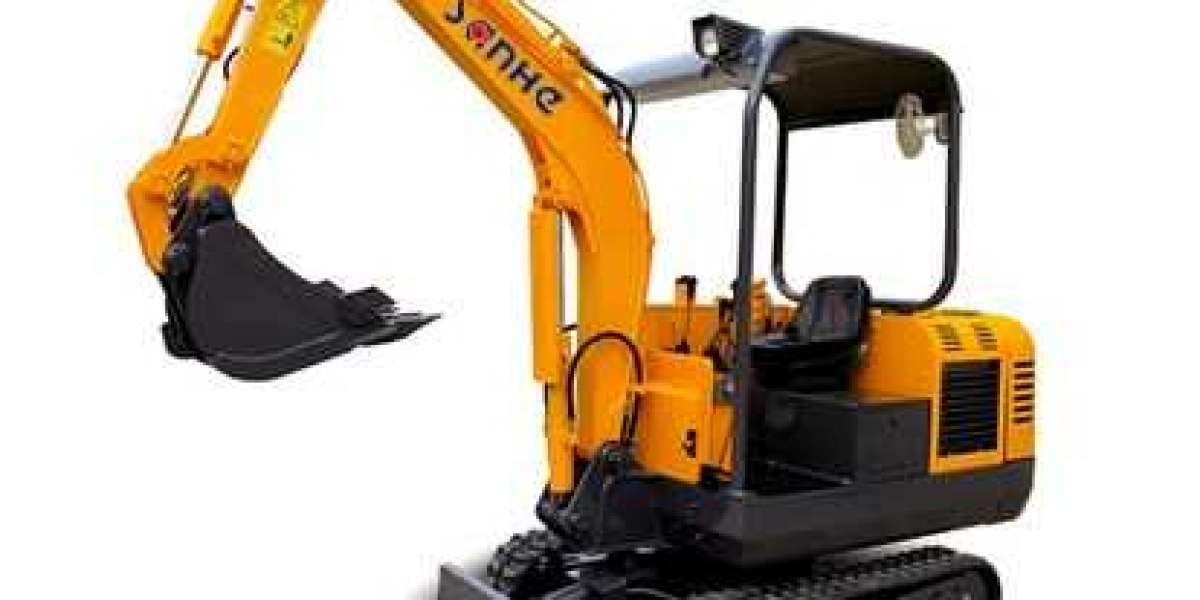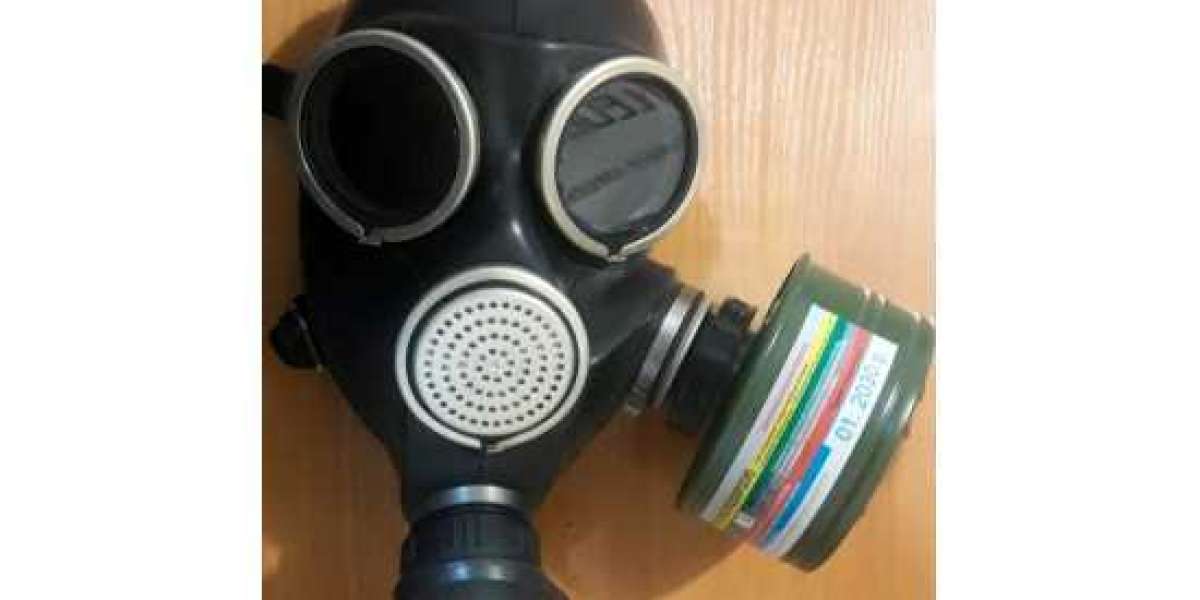With the advancement of science and technology, we have entered an era of large-scale land reclamation, which has resulted in the widespread use of small agricultural machinery for agricultural production. To loosen the soil, orchard farmers use a variety of small and medium-sized mini excavator grapple. They primarily rely on agriculture, regardless of the tools they employ. It is simple for all of us to be the cause of various failures. Don't get too worked up if the minicomputer fails. First, identify the problem as a result of the failure, then diagnose it and finally repair it. The following four principles must be followed throughout the entire process in order to be successful:
The simplicity principle is a guiding principle in design.
It is preferable to start with the faults that are simple and easy to handle and work your way up to the faults that are more difficult to handle. Modern pumps are almost entirely comprised of a machine-electric-hydraulic system with a high level of technical content. We generally start with the electrical system and work our way down the line to the hydraulic system, and finally the mechanical transmission system. The auxiliary oil circuit, control oil circuit, main oil circuit, and key components should all be checked in sequence to ensure that the hydraulic system is in proper working order. If you dismantle and dismantle as soon as you encounter a problem, you will only widen the scope of the problem and cause new failures, rather than preventing them.
The principle of rebuttal
It refers to the principle of selecting the best failure hypotheses based on their intended use among a large number of different failure hypotheses.
Depending on the time and space conditions of the machine being used, the model structure and related failure factors, as well as previous maintenance experience, the most likely failure hypothesis can be prioritized. It is directly related to the quality and technical level of maintenance personnel if they are able to master this principle.
Search
Popular Posts
Categories
- Advertising
- Affiliate Programs
- Animals
- Auctions
- Back Links
- Business
- Computers
- Computer Repair\'s
- Control Panels All
- Cooking
- Coupons
- Dating
- DIY
- Economics
- Editing Websites
- Education
- Electronics
- Entertainment
- Everything Else
- Family
- First Vita Plus
- Fitness
- Food
- Freelancers
- Gadgets
- Health
- Healthy Vitamins
- Herbalife
- History
- Home Schooling
- Hosting
- How To Guide
- Life Style
- Link Building
- Movies
- Movies Adult
- Music
- News
- Pets
- Photography
- Politics
- Recreation
- Recipe
- Romance
- Sex & Oral Sex
- SEO/ SMM /SEM
- Servers
- Shopping
- Skilled Trade
- Society
- Software
- Sports
- Technical Support
- Technology
- Torrent Sites
- Travel
- TV Shows
- Watkins Products
- Web Design
- Websites
- Websites For Sale








